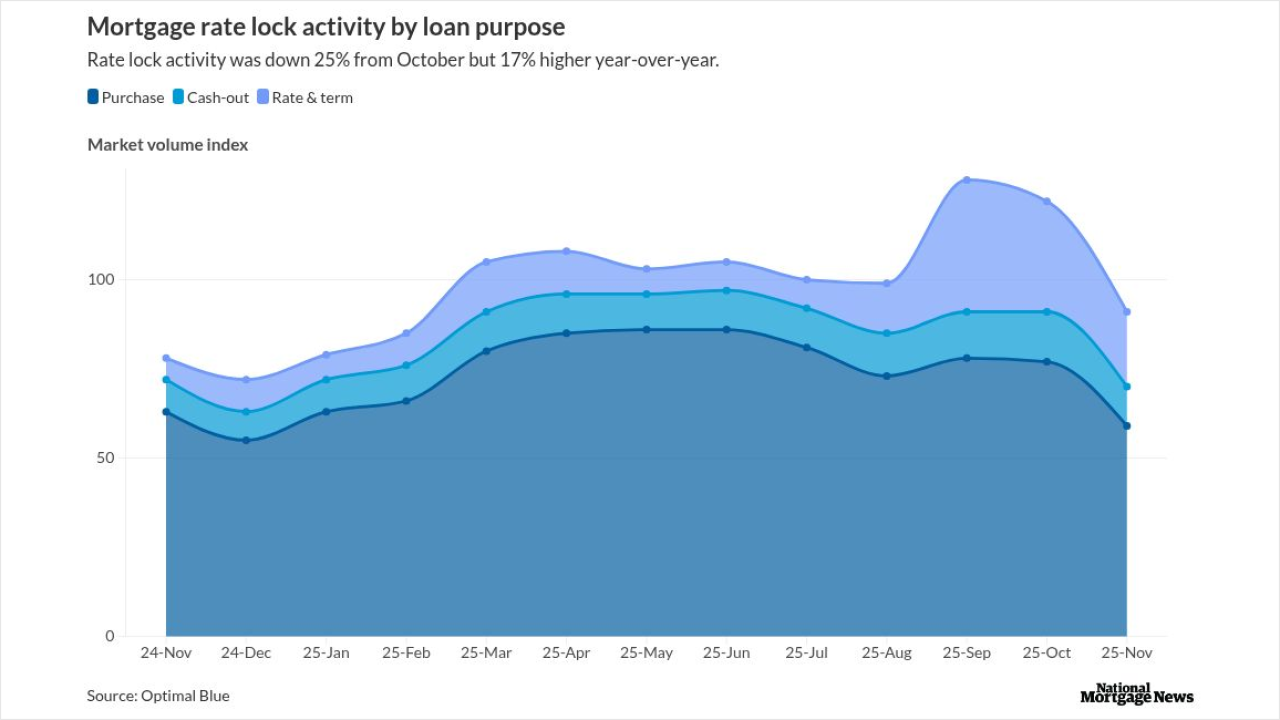Banks have begun trimming back the credit lines of America’s shale producers, further undercutting a beleaguered industry that’s been struggling to rebuild investor confidence.
Laredo Petroleum Inc. and Oasis Petroleum Inc. are among at least six producers whose ability to secure short-term loans against their oil and natural gas reserves have dropped by 10% or more, according to data in earnings statements and filings. The declines offer the first hint of results from a semi-annual bank review of the industry’s borrowing capacity that generally runs through December.
For the first time since 2016, an industry survey done prior to the review found most respondents expected to see declines. The noose is tightening at a time when producers have seen their market values plunge 21% this year. Meanwhile, at least 15 producers have already filed for bankruptcy during the year.
A substantive decline in borrowing base “can be a good precursor to potential bankruptcy because as capital markets stay closed off for these companies, the borrowing base serves as the only source of liquidity,” Billy Bailey, Saltstone Capital Management LLC portfolio manager, said by telephone.
Representatives for Laredo and Oasis did not immediately return phone and email messages seeking comment.

Bondholders and other lenders are increasingly wary of what’s unfolding in shale. Chesapeake Energy Corp., once the nation’s largest gas supplier, warned earlier this month it may struggle to avoid bankruptcy. While fracking has turbocharged U.S. oil and gas output in recent years, that success has helped drive down oil prices to almost half what they were five years ago.
In some cases, producers are struggling under debt loads accumulated in earlier, more heady times. But other issues are at play as well: Some have drilled their best locations and are now turning to lower-quality sites. And some have been drilling wells too close together, resulting in a loss of overall performance.
At the same time, energy is the only sector yielding negative returns in the high-yield debt market, falling over 2% compared to a nearly 12% gain for its index.
In some cases, a borrowing-base cut can send a company spinning into bankruptcy. If a driller has already borrowed heavily on its credit line, and the new limit is lower than the outstanding balance, the company is overdrawn and has to repay the excess to the lender.
That’s difficult if the company is short on cash and doesn’t have other places to get it quickly. Such cuts helped drive Vanguard Natural Resources Inc. into bankruptcy twice, once in 2017 and again on March 31. In September, Alta Mesa Resources Inc. filed for bankruptcy after the Houston-based explorer’s borrowing base was cut 46% to $200 million.
“In 2019, we’ve seen another $15 billion going to bankruptcy debt at risk. I think those numbers will increase through the end of the year,” said Charles Beckham, a partner at Haynes & Boone LL, a law firm that undertakes an annual industry survey prior to the bank redeterminations. “We know that there are a handful of large companies that are on the edge.”




